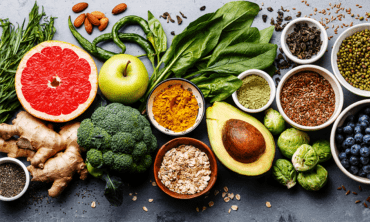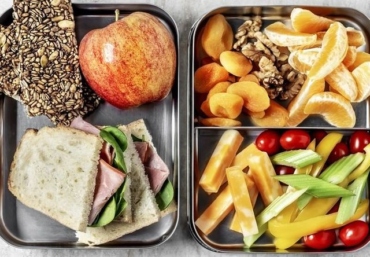When it comes to motivation, most of our barometers are running pretty high at this time of year. Imagine what we could achieve if we could harness that same drive all year long?! Here are a four tips to keep you on track beyond the resolution season.
1. Find The Right Gear
With those shiny new resolutions posted on your mobile screen or bathroom mirror, you may be eager to launch full blast into a new workout schedule. Training five or more days a week is not necessary for most of us, and in some cases, counter-productive. Go out too hard and you may risk losing steam or overtraining which can lead to burn out and injury. Go out too slow and you may lose interest or get discouraged from a lack of results. Aim for 2-4 weekly workouts, based on your personal circumstances and goals. You can always gear up or down based on your results. You can also supplement your workouts with activities outside of the gym, if you’re eager to move more.
2. Take Aim
As our chiropractor, Dr. St-Pierre, would ask: “Are you working out or are you training?” Training implies actively working toward a performance goal – be that walking a flight of stairs without pain, completing a 5K or improving your SUP game. Determine a measurable goal that is fun, challenging or meaningful for you. Spring and summer charity events are great ones! If it’s more of a long term goal, break it up into shorter mini goals to keep you excited in the interim.
3. Team Up
Chances are that you work nearby, live nearby or both. Chances are as well, that you have friends, family or colleagues nearby who would make great workout partners. Consider doing classes together, claiming side-by-side treadmills, or doing semi-private training. If your best accountability buddy can’t make it to Totum, you can still share goals and check in with each other routinely.
4. Schedule Check-ins and Tune-ups
Getting bored with your routine? Already met your short term goal weeks ahead of schedule? Unsure about that pain in your knee? Scheduling monthly or quarterly check-ins with a trainer is a great way to stay on your game. You can use these sessions to measure progress, set new goals and modify programming, or to address areas of concern. Our training and client teams have a wealth of knowledge to help you stay healthy and motivated throughout the year.



 1. Start at The Bottom
1. Start at The Bottom 3. What’s Old Is New Again
3. What’s Old Is New Again 5. Hold On
5. Hold On


 It’s important to eat a good breakfast daily. Aim to consume 20-25% of your daily calories at breakfast to keep you fuelled longer and help ward off evening eating excess. On days when you are not training first thing, try swapping out the oatmeal for some eggs and handful of nuts. Or have a protein rich smoothie with veggies, 1/2 an avocado and only 1 cup of fruit. Proteins and fats will give your body long lasting energy and make you feel more satisfied and reduce cravings later on in the day. If you are training first thing in the morning, easy to digest carbs are the way to go, as they digest quickly so you can get on with your workout.
It’s important to eat a good breakfast daily. Aim to consume 20-25% of your daily calories at breakfast to keep you fuelled longer and help ward off evening eating excess. On days when you are not training first thing, try swapping out the oatmeal for some eggs and handful of nuts. Or have a protein rich smoothie with veggies, 1/2 an avocado and only 1 cup of fruit. Proteins and fats will give your body long lasting energy and make you feel more satisfied and reduce cravings later on in the day. If you are training first thing in the morning, easy to digest carbs are the way to go, as they digest quickly so you can get on with your workout.
